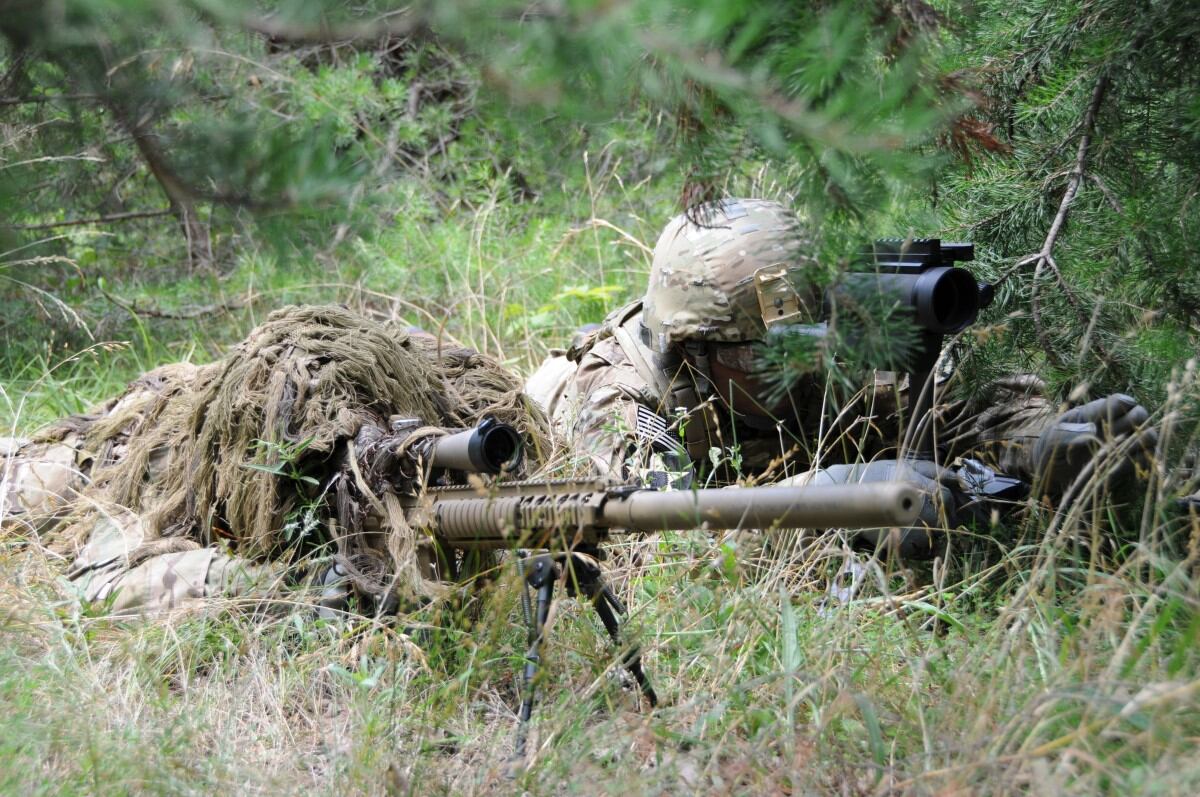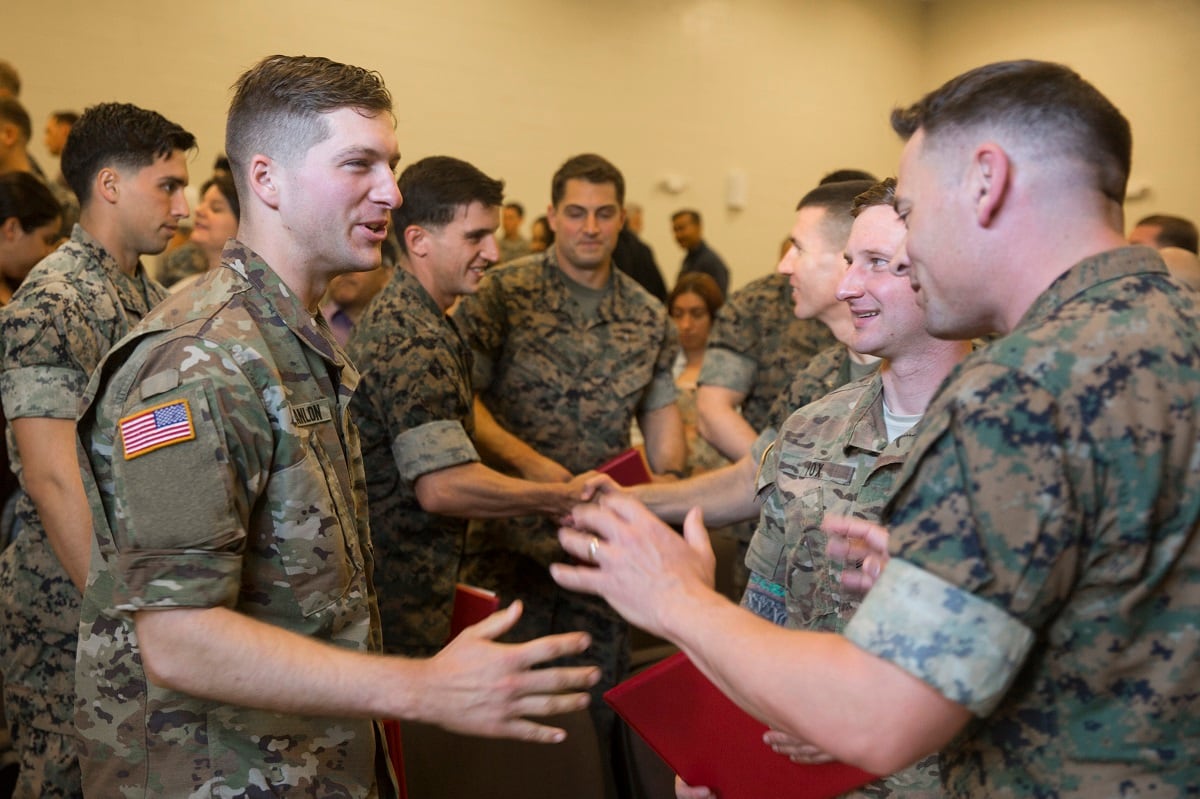Army snipers might soon see a new ghillie suit that they’ll actually want to use.
For three days in early November, snipers from across the Army conducted “visual testing” for a bench-top evaluation of the Improved Ghillie System, or IGS, according to an Army release.
Conventional, Ranger and Special Forces snipers provided input to test the system’s camouflage.
Some snipers wore the IGS models provided in both woodland and desert terrain while other snipers tried to locate them at distances between 10 and 200 meters.
“Ghillie suits provide snipers that edge and flexibility to maintain a concealed position, which is partial to our trade,” said Staff Sgt. Ricky Labistre, a tester and sniper team leader with 1st Battalion, 160th Infantry Regiment of the California Army National Guard. “A sniper's mission dictates that he remains concealed in order to be successful. Anytime we can improve our survivability, it is very welcomed.”
The test is one step in a larger effort by Army researchers to replace the current Flame Resistant Ghillie System available to snipers but rarely used. It was first fielded in 2012 to Army and Marine snipers.

The existing system is “thick and heavy and comes with a lot of pieces that aren’t used,” said Maj. WaiWah Ellison, assistant product manager, Durable Goods, Soldier Clothing and Individual Equipment with Program Executive Office Soldier.
The new system will use “sleeves, leggings, veil and cape” and will ditch the current ghillie accessory set, which few sniper use, officials said.
“Soldiers are creating ghillie suits with their own materials to match their personal preference. We want to make the IGS simpler and modular so the snipers will use what is issued to them instead of relying on outside resources,” Ellison said.
RELATED

An undisclosed number of suits were tested. But the Army plans to purchase as many as 3,500 suits, according to an Army posting. There are approximately 3,300 snipers across the Army, including conventional, Guard and special operations snipers.
“The battlefield has changed, and our enemies possess the capabilities that allow them to better spot our snipers. It's time for an update to the current system, and I am happy to be a part of the testing,” said Sgt. Bryce Fox, sniper team leader with 2nd Battalion, 505th Infantry Regiment.
Having a range of snipers from a variety of units and backgrounds helped testers get a thorough review of the new systems presented.
“Bringing snipers together with various backgrounds from throughout the Army is a big plus,” Fox said. “There are so many different ways to do the job. Everyone’s background and training is essential in situations like this. This collaboration with our peers makes everyone better and more knowledgeable at our craft.”
Systems that pass the key performance parameters set in the requirements will move on to the Limited User Evaluation phase before the Army decides which, if any, to purchase for its snipers.
Todd South has written about crime, courts, government and the military for multiple publications since 2004 and was named a 2014 Pulitzer finalist for a co-written project on witness intimidation. Todd is a Marine veteran of the Iraq War.





